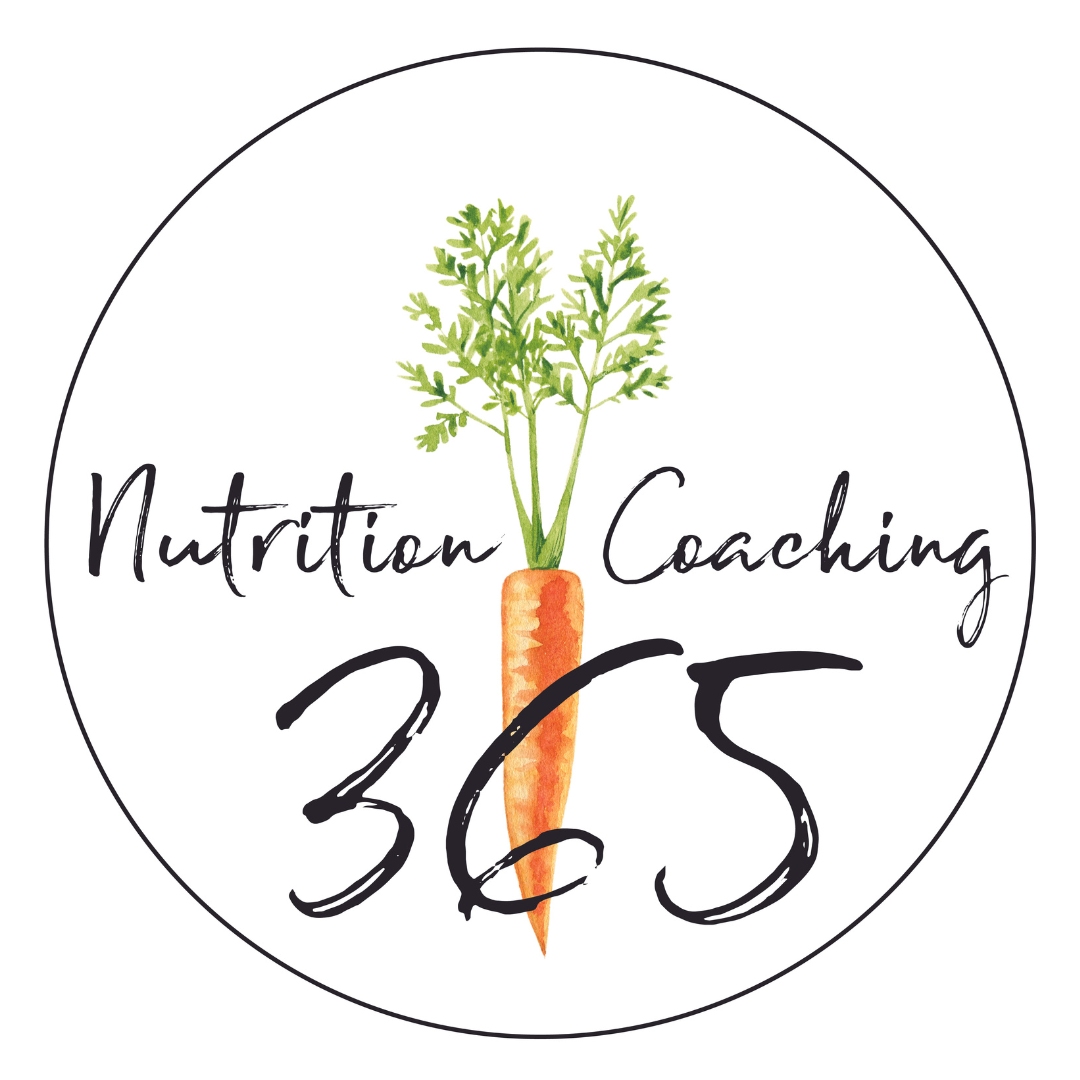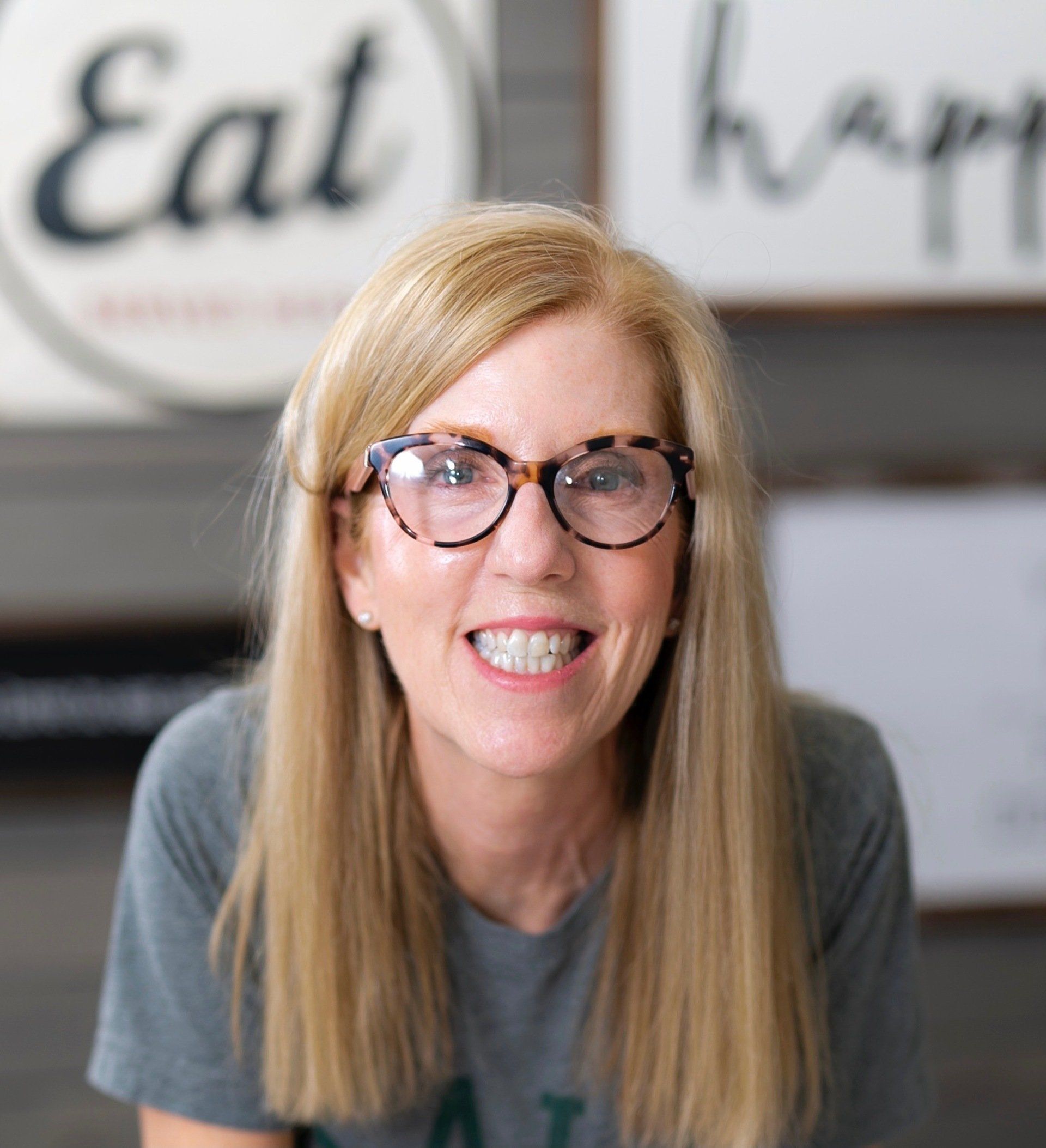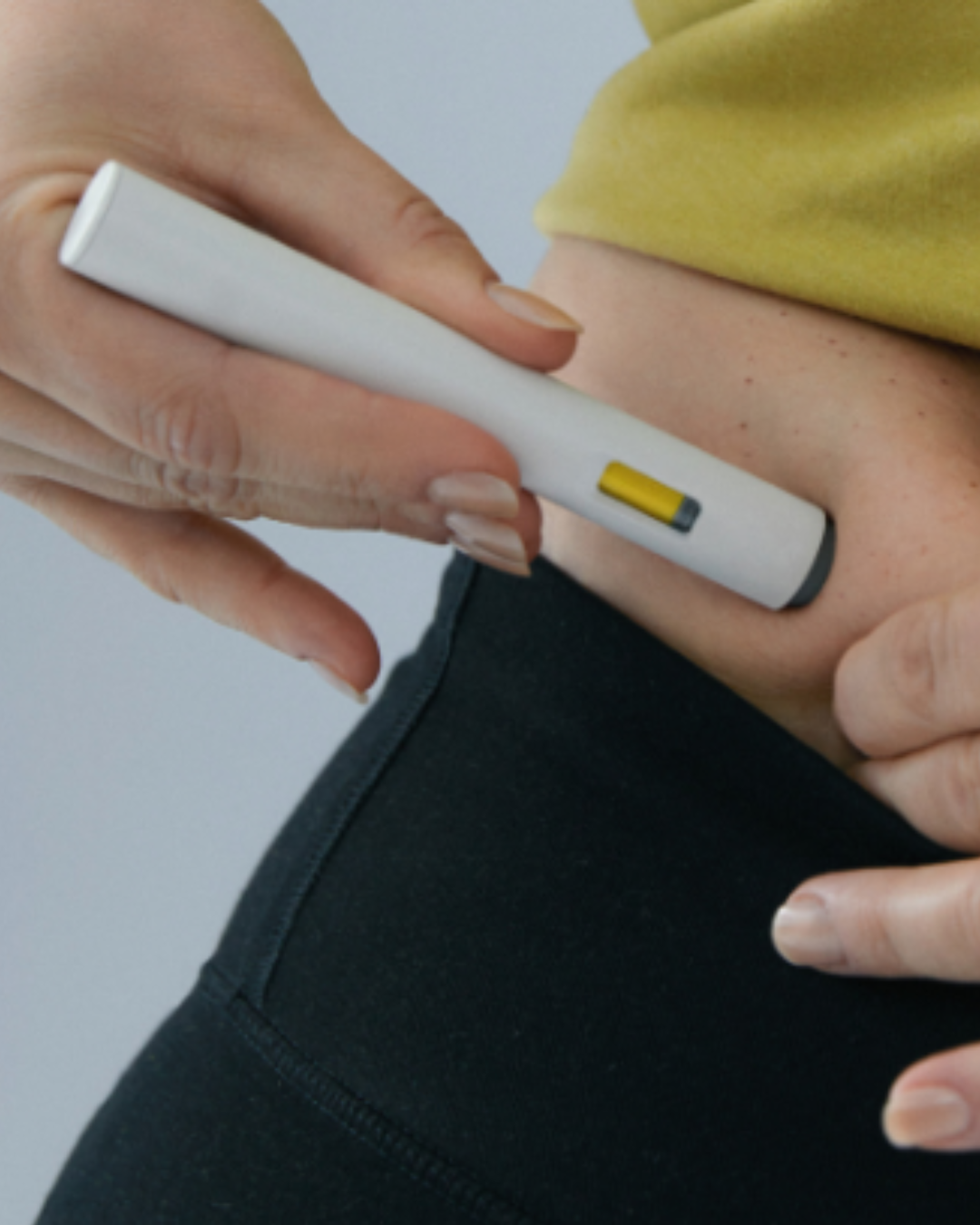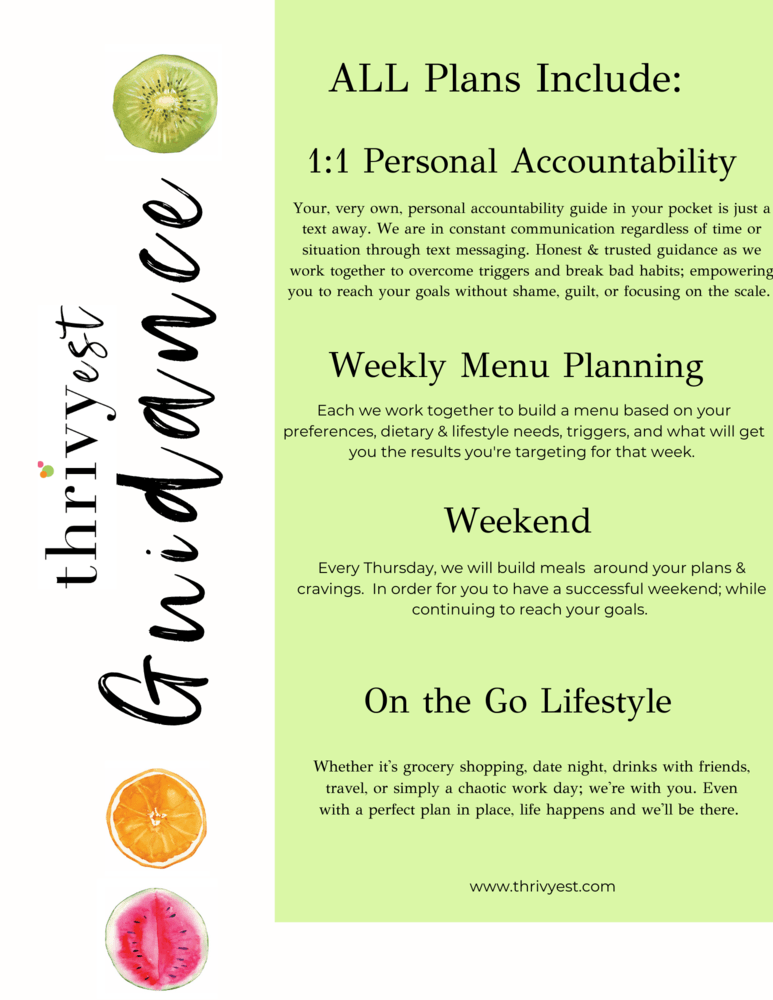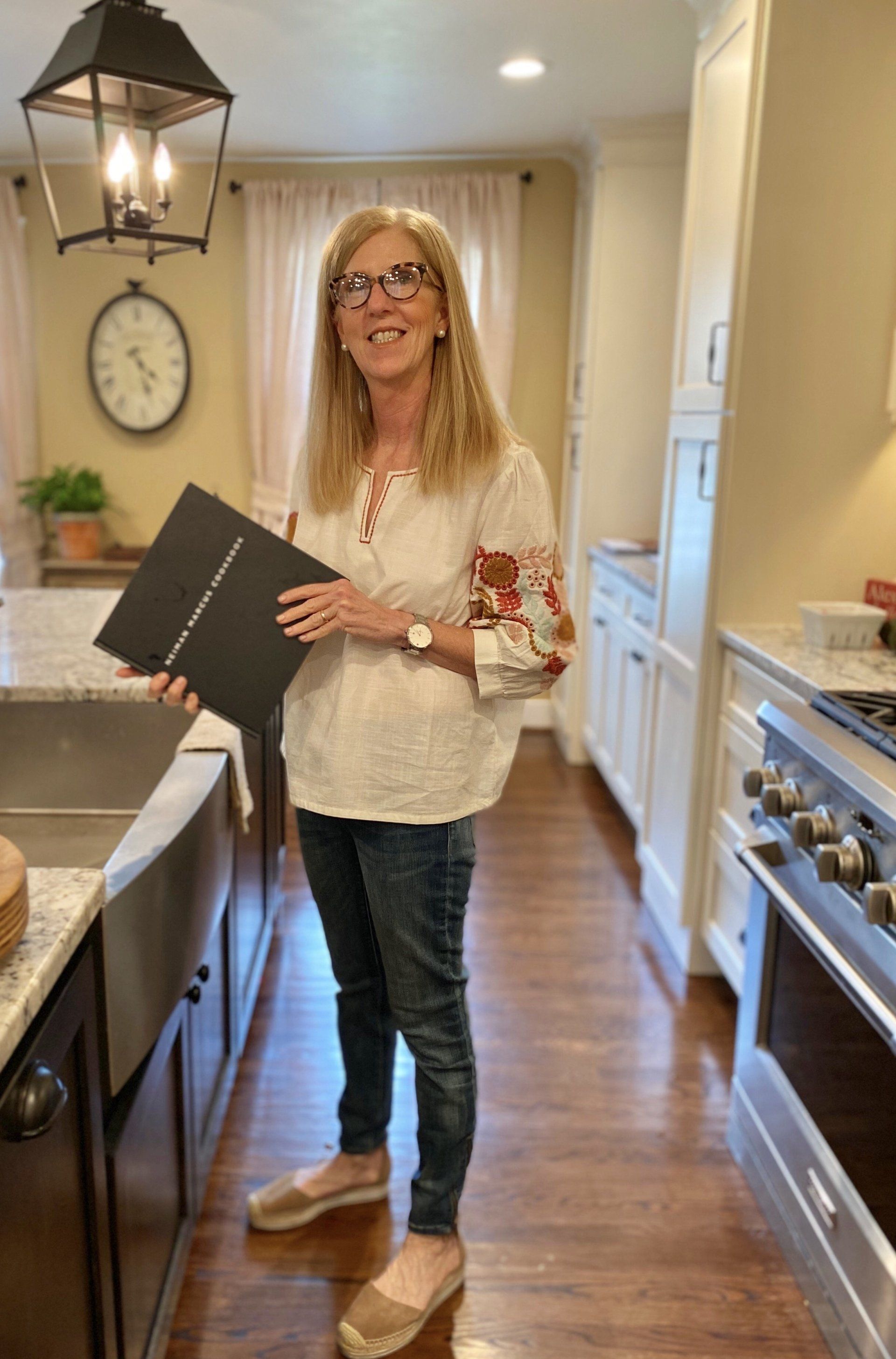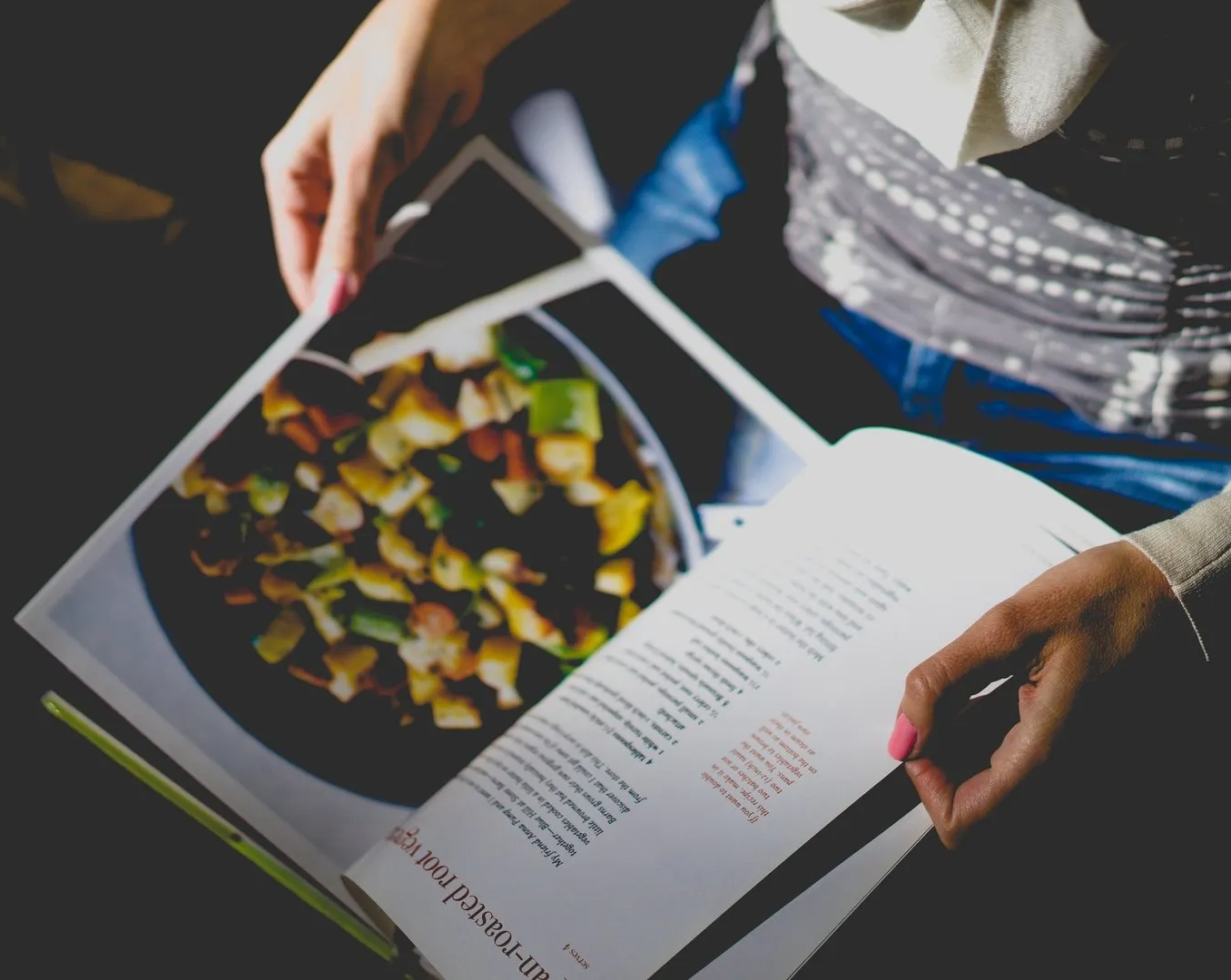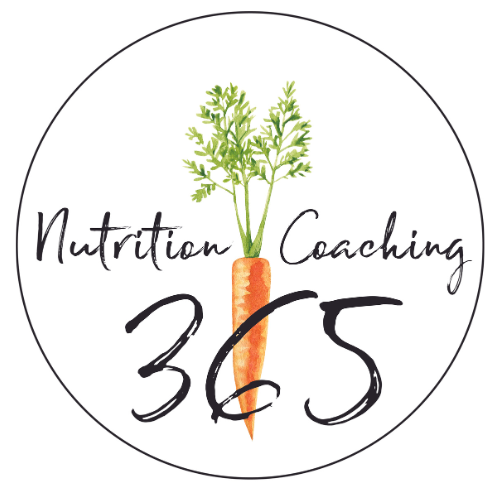How to Stay in a Calorie Deficit While Still Cooking Real Meals
Fat Loss for Women Over 45 Who Feel Like Nothing’s Working
You’ve been eating “healthy,” cooking at home, and doing your best to stay disciplined.
But the scale doesn’t move. Your clothes still feel tight. You feel frustrated and stuck in that all-too-familiar cycle of:
“Why am I not losing weight even though I’m trying so hard?”
If you’re a woman over 45, this probably hits home.
Your metabolism has changed. Hormones are shifting.
And the advice that used to work now leaves you feeling defeated.
The truth?
You don’t need to give up food you love.
You just need a smarter way to approach your meals—especially the ones you cook at home.
This is your no-fluff, real-world guide to staying in a calorie deficit (the only way to lose body fat) while still eating meals that taste good, satisfy you, and make you feel like a normal person—not a robot on a diet.
STEP 1: Know Your Numbers Before You Pick a Recipe
Your body has specific calorie and macro needs—guessing won’t cut it anymore.
Here’s where most women unknowingly go wrong: they follow a recipe labeled “healthy” or “low carb” without ever checking if it fits their body’s actual needs.
But unless a recipe is customized to your:
- Age
- Activity level
- Metabolism
- Goals (fat loss vs maintenance) …it might not move you forward.
Start with your target calorie deficit.
This is the number of calories your body needs to lose fat at a sustainable pace. Pair that with your
protein goal (most women under-eat it) and you’ve got your personal blueprint.
📝
Note: A “serving size” on a recipe might not match your needs.
Recipes are written for average people—not you. That’s why
nutrition tracking is key.
📍 Want to know exactly how to find YOUR ideal portion sizes and calorie target? Keep an eye out for the next blog:
“How Much Should You Eat? Why Portion Sizes Aren’t One-Size-Fits-All After 45.”
STEP 2: Log the Recipe Before You Cook It
Avoid the “surprise calorie bomb” after it’s already on your plate.
This is the step most people skip—and it’s why so many “healthy meals” accidentally blow your calorie budget.
Before you cook, plug all the recipe ingredients into your tracker (MyFitnessPal, Cronometer, etc.) and look at the total calories and macros per serving.
How to do it:
- Open your app.
- Add each ingredient and amount.
- Choose number of servings.
- Check the calorie + macro breakdown.
If it fits your goal—great. If not—you’ve caught it early enough to fix it (see Step 3).
📌
Pro tip:
Once you build this habit, it only takes a minute—and it can be the difference between consistent progress and constant confusion.
STEP 3: Make Smart Swaps Before You Cook
Cut calories without cutting flavor (or joy).
This is where the real power lies: editing a recipe so it works for your body—without making it sad and bland.
💡 Try these smart edits:
- Oil: Most recipes use way too much. 2 Tbsp of olive oil = 240 calories. Try 1 tsp or use a nonstick spray.
- Protein: Swap ground beef for 93% lean turkey. Use chicken breast instead of thighs.
- Dairy: Greek yogurt instead of sour cream. Low-fat cheese instead of full-fat.
- Carbs: Reduce pasta or rice by 1/3 and add extra veggies.
- Sauces: Check labels—many are high-calorie. Use less or make your own.
These tweaks alone can save 100–400 calories per serving—without changing the taste in any major way.
STEP 4: Use Volume Tricks to Feel Full Without Going Over
Hunger is the diet-killer. Volume is your weapon.
You don’t have to be starving to be in a calorie deficit.
If you’re always hungry, your plan is broken—or incomplete.
The fix? Volume foods. These are low-calorie, high-fiber, high-water ingredients that fill your plate and your stomach—without costing much in calories.
Add these to any recipe:
- Leafy greens (spinach, arugula, kale)
- Zucchini, mushrooms, bell peppers
- Broth-based sauces or soups
- Riced cauliflower, shredded cabbage
- Salsas and chunky tomato sauces
📌
Example:
Cooking a pasta dish? Cut the pasta in half and double the veggies. You’ll eat more food for fewer calories and walk away full.
STEP 5: Stop Eyeballing Portions—Start Measuring
Most women are eating more than they think—even when it’s “healthy.”
This is a hard truth, but it’s a big one:
“Healthy” food still has calories—and portions can be sneaky.
You might think you’re having 1 cup of rice or 1 tbsp of peanut butter, but if you’re eyeballing it, it’s probably more. A few hundred calories here and there can completely erase your deficit.
Here’s what to do instead:
- Use a food scale to measure dense foods (oils, nut butters, rice, pasta).
- When cooking recipes, divide the finished product by weight—not just a guess.
- Track what you actually eat—not what you think you ate.
🧠 Bonus: Measuring for a while builds awareness. Over time, you’ll get good at estimating accurately—and that’s freedom.
📍 Remember: “Serving size” ≠ “Your size.”
Your body has unique needs, and tracking helps you figure them out.
BONUS: Save Your Edited Recipes for the Future
Make it easy for Future You to keep winning.
After you’ve entered the ingredients, made smart swaps, and measured portions—save that recipe in your tracker.
This becomes your go-to version.
You’ll be able to:
- Re-log it instantly next time
- Batch prep meals with confidence
- Build a bank of recipes that actually work for your goals
This is how meal tracking becomes sustainable—when it’s built around meals you actually like.
Real Talk: You Can Lose Fat Without Cutting Out Real Food
There is nothing wrong with you.
You’re not lazy.
And you’re definitely not failing.
You just haven’t had a plan that works for your life and your stage of life
Here’s what does work:
- Knowing your calorie + protein needs
- Tracking meals to fit those numbers
- Adjusting recipes to support your goals
- Building consistency—not perfection
And yes—you can still cook. You can still enjoy food.
You just need to quantify what you're eating - and comes from accuractely weighing & measuring your food. Is it a pain? Yes, initially. It takes about 2 weeks of doing it to get the hang of it - then it's literally no big deal!
👋 Ready to Finally Make Progress That Lasts?
If you’re a woman over 45, you’ve probably been stuck in this loop for years:
✅ Eating healthy
✅ Cooking at home
✅ Doing your best
❌ …but not seeing results
That ends here.
As a coach who specializes in fat loss for women over 45, I help you:
- Get clarity on what your body actually needs
- Learn how to eat real food and still lose fat
- Ditch the guesswork and food guilt for good
You don’t need another diet. You need a system.
And someone in your corner who actually gets it.
👉
Let’s talk. Book a free coach call.
You’ve tried everything else—now try something that actually works for you.
Read Part 2 of this blog here - Want to know exactly how to find YOUR ideal portion sizes and calorie target? "How Much Should You Eat? Why Portion Sizes Aren’t One-Size-Fits-All After 45.”
YOU ARE CAPABLE OF LIVING YOUR HEALTHIEST & HAPPIEST LIFE.
If you’re looking to create healthy habits to gain more energy, improve your sleep + shed a few pounds, you’ve landed in the right place.
Recent Posts
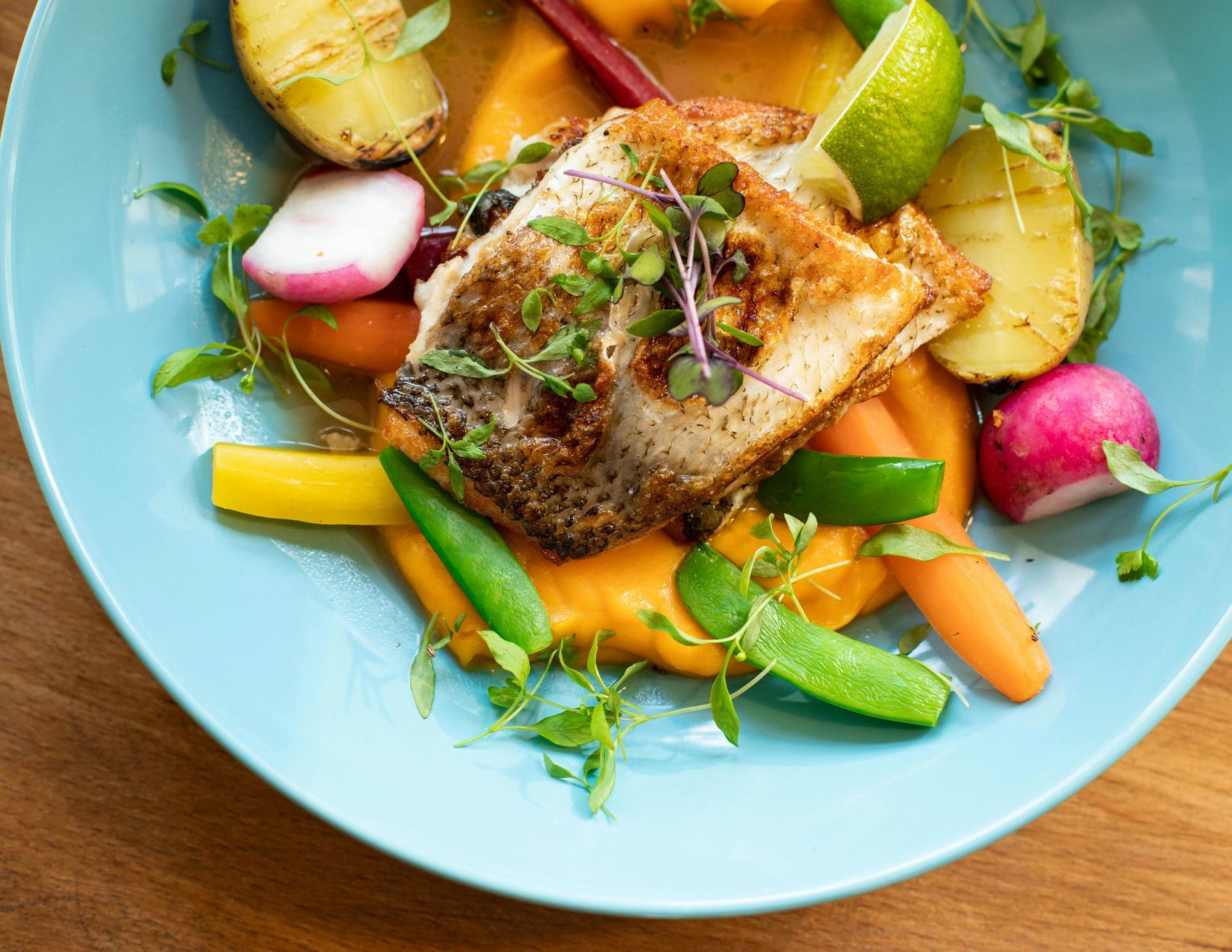
Meet Emily
I love encouraging + inspiring others to reach their healthiest lives through food, fitness + gratitude. As a holistic nutritionist + the founder of Thrivyest, I am passionate about creating habits to help you to live longer + thrive. To thrive in body, mind + soul through personalized, simple + practical steps ensuring you gain more energy, clarity + confidence! Let's connect!
